SCIEX is no stranger to drinking water analysis, and the Environmental Compendium once again addresses the topic in an application note which covers LC-MS/MS with Fast Polarity Switching. Using the QTRAP® 5500, researchers were able to detect a large panel of Pharmaceuticals and Personal Care Products (PPCP’s) while performing fast positive/negative switching all from a single injection. Method details go the distance in this application note, as five experiments were called into action for comparison.
Tags
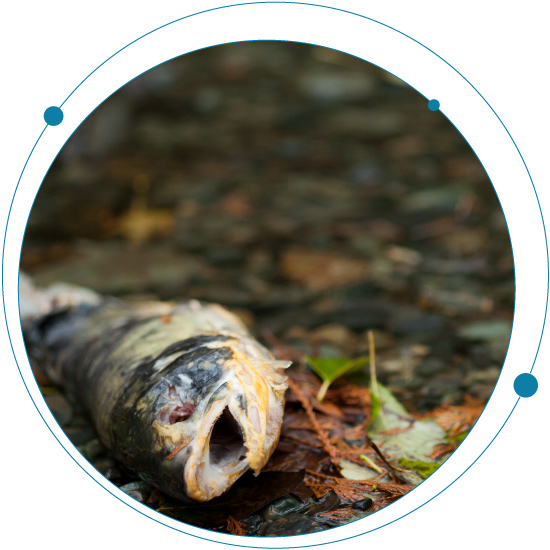
Molecular sleuthing using mass spectrometry to protect Pacific salmon populations
Read time: 5 minutes When Pacific salmon start to die in large numbers, with no identified cause, people take notice. This concern stems not only from the possibility of an environmental issue that could additionally affect human health, but also, in this case, from...
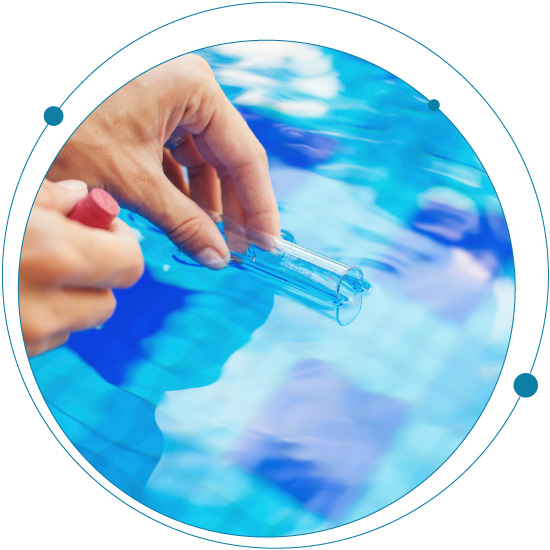
Mass spectrometer analysis gives you one more reason for taking a shower before swimming!
Read time: 8 minutes Researchers: Wei Wang, Yichao Qian, Jessica M. Boyd, Minghuo Wu, Steve E. Hrudey, Jinhua Li, Birget Moe, Claire F. McGuigan, Shengwen Shen and Xing-Fang Li, University of Alberta (Edmonton, Alberta, Canada), and Haiying Du, Jilin University...
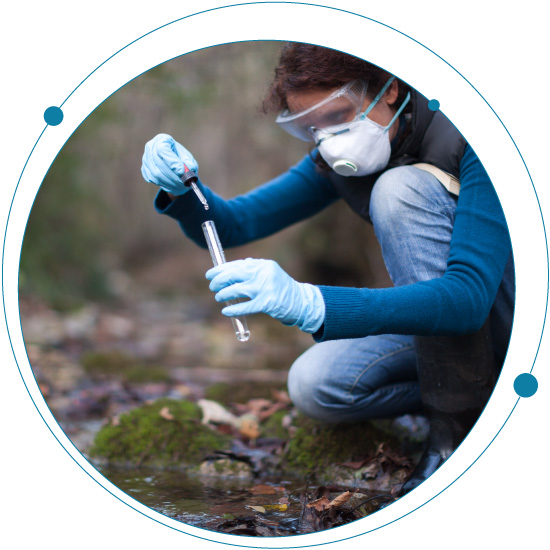
Should you bring your PFAS testing in-house?
As the per- and polyfluoroalkyl substances (PFAS) regulatory landscape evolves in the US and across the globe, the interest in PFAS continues to grow. Drinking water and food packaging are under particular scrutiny, and monitoring programs and requirements will continue to expand to include an increasing variety of sample types and PFAS compounds.
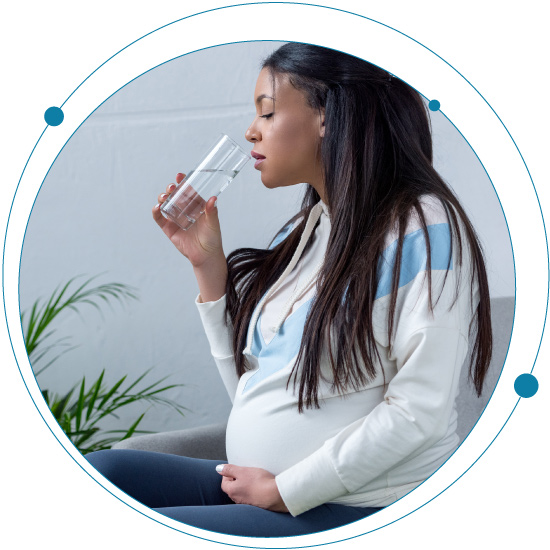
Top questions about the exposome of PFAS revealed
According to the CDC, the exposome is “the measure of all the exposures of an individual in a lifetime and how those exposures relate to health.”

Breaking down the SCIEX Triple Quad™ 7500 LC-MS/MS System – QTRAP® Ready
Sensitivity and robustness carry different meanings in the world of mass spectrometry. Generally, sensitivity refers to an instrument’s ability to achieve lower limits of detection (LOD). Robustness, on the other hand, refers to an instrument’s ability to consistently...

Meet regulatory limits: Characterize and quantify PFAS and GenX in water using liquid chromatography-mass spectrometry
Per- and polyfluorinated alkyl substances (PFAS) continue to persist throughout the environment.Concerns about the health dangers posed by these contaminants, along with the possibility of biological toxicity of legacy PFAS such as perfluorooctanoic acid (PFOA) and...
Accurate mass LC-MS/MS for PFAS analysis without needing a blockbuster budget
If you’ve been following our recent blogs, you’ve probably seen quite a bit on how per- and polyfluoroalkyl substances (PFAS) are shaking up both the food and environmental industry. Even if you’ve not been following our blogs, you’ve probably seen a lot of media...

A rising star in food allergen research: proteomics of shellfish allergen
It’s important to know what you’re eating, especially if you suffer from a food allergy.
About 220 million people worldwide live with a food allergy.1 These numbers, along with the complexity and severity of conditions, continue to rise. In America, there are about 32 million food allergy sufferers—5.6 million of those are children under the age of 18.2.2 That’s 1 out of every 13 children, or about 2 in every classroom. From a financial perspective, the cost of food allergy childcare for US families is up to $25 billion

Environmental scientists: Why the SCIEX X500R QTOF system is perfect for PFAS research
The world of per- and polyfluoroalkyl substances (PFAS) research is a big one and one that’s currently front and center in environmental contamination concerns. Whether you work in industrial or academic environmental research, the issues surrounding these...
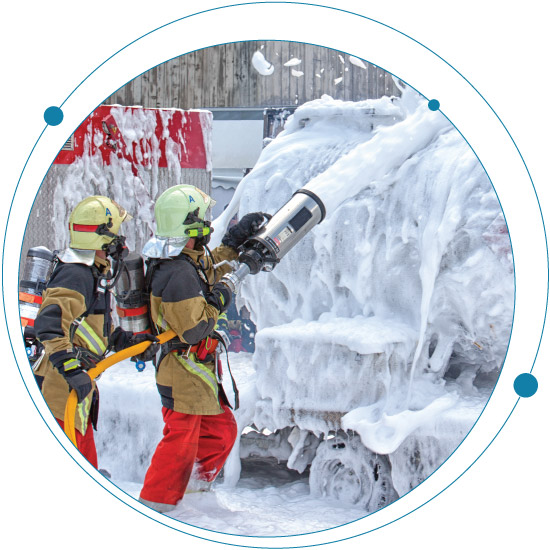
Trends shaping global environmental analytical testing
The only certainty in a changing environmental landscape Despite a 38-fold increase in environmental laws put in place around the world since 1972, the future of our planet is under the spotlight like never before. Mitigating climate change has arrived as our world's...
No Results Found
The page you requested could not be found. Try refining your search, or use the navigation above to locate the post.
No Results Found
The page you requested could not be found. Try refining your search, or use the navigation above to locate the post.